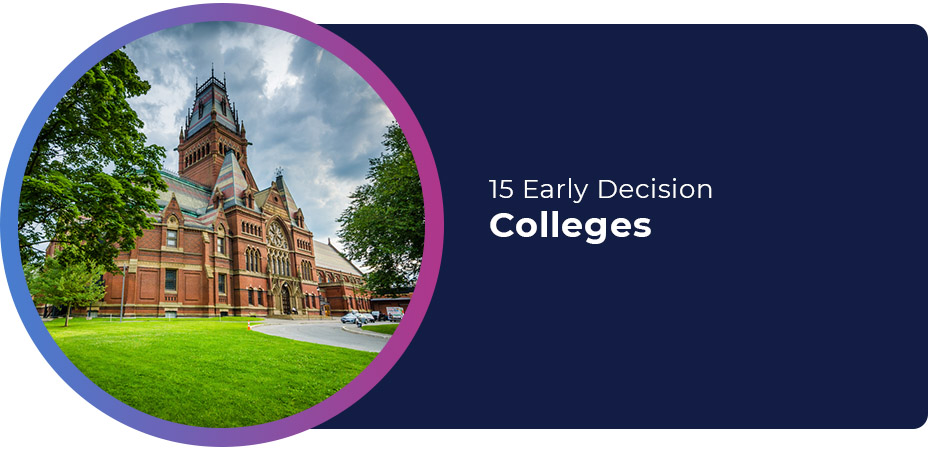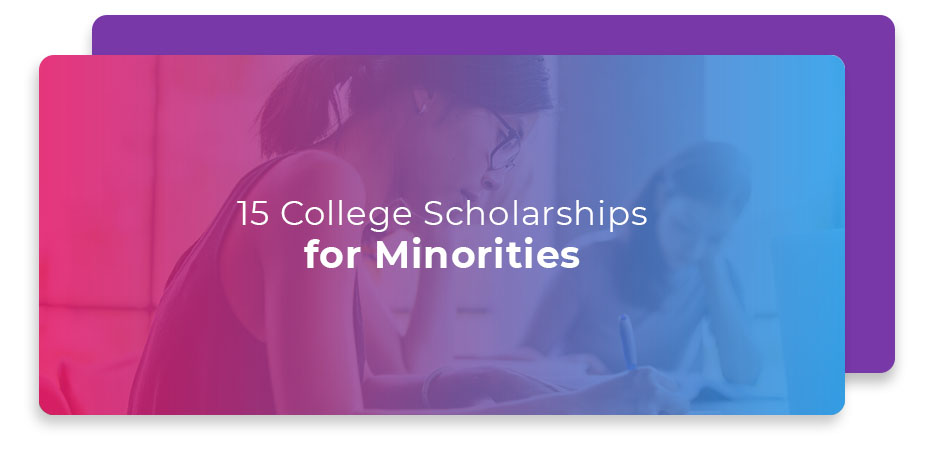As debate intensifies over the future of higher education in the U.S., much of the focus has centered around the issue of racial and ethnic diversity. However, there is substantial constituency of America’s K-12 students who are going largely ignored: students from the country’s rural areas.
A recent NPR piece – based on findings from The Hechinger Report – highlights this glaring issue. It is highlighted by an alarming statistic. Despite the fact that rural students graduate from high school at a greater rate than the national average, they attend college at lower rates than their urban and suburban peers.
There have been many causes attributed to this phenomenon. Mining, farming, and manufacturing jobs which used to be a hallmark of rural economies have either moved away, become automated, or shut down entirely. The result is that there are simply less opportunities in the communities these students grow up in. Paradoxically, instead of seeking out opportunities in larger cities, most rural students find themselves as products of their environment and lose hope that opportunity awaits them. Like all good sons and daughters, they also want to stay close to home.
Acknowledging this issue “is critical to our future, not just for employment but for civil discourse and kids feeling like they can contribute and achieve and not feeling lost and ignored,” says Jeff Hawkins, executive director of the Kentucky Valley Educational Cooperative, a nonprofit group which encourages students in Kentucky’s coal-mining southeast corner to go to college.
Tallo understands this challenge, and is one of our foremost priorities towards achieving educational equality in the U.S. for all students.
Tallo provides that crucial “missing link” for colleges to recruit in rural areas. Oftentimes, college recruiters are pressured to maximize their scarce time and resources. As as result, they typically visit more highly-populated areas where they can interact with the highest number of students. Rural students become “landlocked” and isolated from these opportunities. Some of America’s brightest students are going unnoticed.
Using our platform, colleges and universities can eliminate geographic boundaries and engage these rural students in an online ecosystem. Not only does this save educational institutions time and money, but it meets these young digital natives where they are: on their mobile devices which have become ubiquitous regardless of where they reside.







